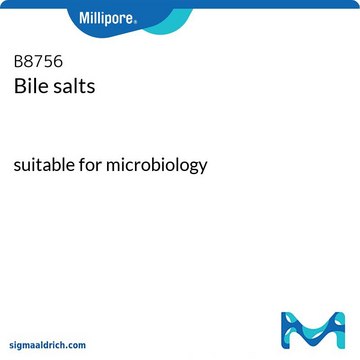P1750
Pancreatin from porcine pancreas
4 × USP specifications
Synonym(s):
Pancreatin from hog pancreas
About This Item
Recommended Products
agency
USP (specifications)
Quality Level
form
powder
specific activity
4 × USP specifications
contains
lactose or sucrose as extender (The sucrose used might contain up to 3.25% starch.)
storage temp.
−20°C
Looking for similar products? Visit Product Comparison Guide
Related Categories
Application
- for a study to assess the treatment of steatorrhea by lipase supplementation therapy
- for a study to investigate treatment options for pancreatic diabetes in patients experiencing the decompensated stage of chronic pancreatitis
- to safely and effectively remove formalin-fixed tissues from arterial grafts without causing structural damage and loss in fiber integrity
- to assess cleavage by digestive enzymes.
- for in vitro digestibility analysis and to test the sensitivities of cellulolytic bacteria inhibitors.
- along with amyloglucosidase for the in vitro digestion of starch in food samples.
Biochem/physiol Actions
signalword
Danger
hcodes
Hazard Classifications
Eye Irrit. 2 - Resp. Sens. 1 - Skin Irrit. 2 - Skin Sens. 1 - STOT SE 3
target_organs
Respiratory system
Storage Class
11 - Combustible Solids
wgk_germany
WGK 2
flash_point_f
Not applicable
flash_point_c
Not applicable
Certificates of Analysis (COA)
Search for Certificates of Analysis (COA) by entering the products Lot/Batch Number. Lot and Batch Numbers can be found on a product’s label following the words ‘Lot’ or ‘Batch’.
Already Own This Product?
Find documentation for the products that you have recently purchased in the Document Library.
Customers Also Viewed
Our team of scientists has experience in all areas of research including Life Science, Material Science, Chemical Synthesis, Chromatography, Analytical and many others.
Contact Technical Service









